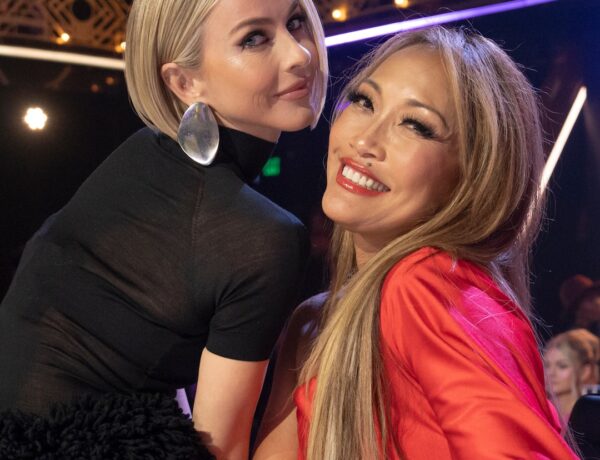Our lives are an accumulation of fleeting moments of varied experiences, spun together to create stories; mundane and extraordinary alike. Films are a way of capturing a rich tapestry of these experiences. They also become a medium to highlight and reflect upon humanity. But what happens when there is a significant gap between the viewer and what they view? And, in an ever-tumultuous world of unrest over ignorance, what do the Academy’s new standards for inclusion mean?
April Reign’s #OscarsSoWhite and a history devoid of inclusion
In 2015, April Reign, a writer, and a former lawyer created the twitter hashtag- OscarsSoWhite. Her tweet was short and not-so-sweet. “#OscarsSoWhite they asked to touch my hair”. This single statement was the match that lit the wildfire of conversations around the lack of representation in Oscar nominations. Her tweet highlighted the state of under-representation of people of color in the American film industry. Many also linked this discussion to the abysmal female and queer presence in the history of the Academy. While conversations around this topic had existed for a while, April Reign’s statement catapulted us to where we stand today.
The Oscars have long been accused of not being inclusive. In 1940, over ten years after the first Oscars were held, Hattie McDaniel became the first African-American to win one. At the ceremony, however, she had to sit at a segregated table, away from the rest of the Gone with the wind’s cast. Even though that was 75 years ago, some things are yet to change. In as recent as 2015, the Oscar nominations were still overwhelmingly white.
The Academy’s new standards for inclusion
The Academy released a statement on the 8th of September 2020 regarding new standards for inclusion and representation. The new guidelines are a part of the Academy Aperture 2025, an effort towards more inclusive film industry. These guidelines will have to be met as a mandatory requirement from 2024 onwards for the Best Picture considerations. According to the Academy, “The standards are designed to encourage equitable representation on and off-screen in order to better reflect the diversity of the movie-going audience.” So, what are these new standards?
The guidelines come in four parts- A, B, C, and D, two of which need to be met to be eligible for the Best Picture category. Standard A is regarding on-screen representation and themes. This standard is aimed at ensuring the inclusion of individuals and narratives from under-represented groups. Standard B requires the involvement of under-represented groups in the making of the entire project. Standard C targets the need for wider inclusion in internships and other opportunities in the industry. Lastly, standard D is meant to push for diversity in publicity and audience development.
Will this make a real difference and actually push for inclusion?
While the new standards are centered around the inclusion of women, people of color, the queer community, and people with cognitive and physical disabilities, what do the Academy’s new standards for inclusion mean? Some point out that this is a step in the right direction, others have their reservations. To gauge the potential impact of this new standard, we could take a look at how older works measure up to it. The New York Times points out that standards C and D will be very easily met by big studios. If that is the case, these studios will easily sail through without having to think too much about the issue at hand. That would essentially indicate that none of the recent nominations would fail to qualify for the Best Picture category.
This, in turn, might mean that no one will be pushing for any real change since the requirements are already being met. Is this entirely true? That is a little difficult to say. These standards could perhaps offer inspiration to veer off of white, male, and cis-centric storylines. And, if this is the first step of a long journey, perhaps we will get to a place that we are proud of eventually.
Read more entertainment articles at Cliché.
The New York Times’ article on the Academy’s push for inclusivity- here.
Feature Image provided by @theacademy.





